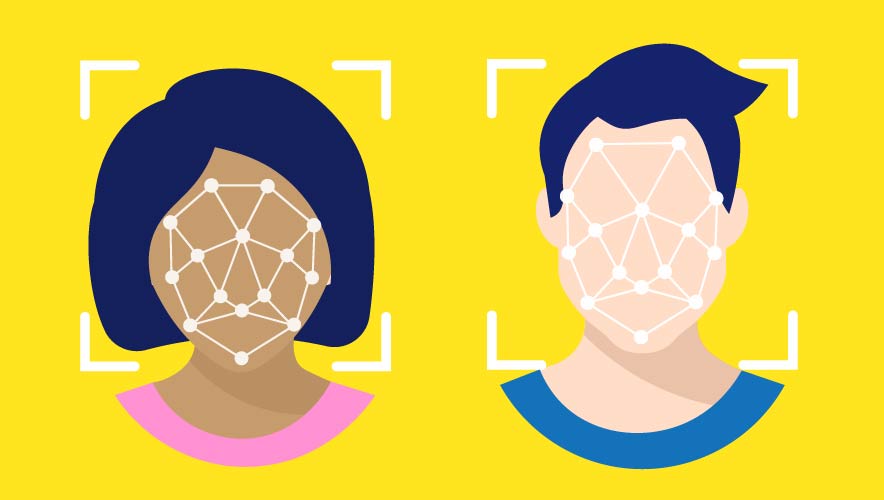

December 2021
Facial Recognition Freeze Frame
The facial recognition market is expected to grow to $8.5 billion by 2025—a major jump from $3.8 billion in 2020.
Where that growth occurs, however, may be derailed by the continuously evolving legal and regulatory landscape. Following analysis of algorithms and increasing pressure from privacy and civil liberties advocates, regulatory bodies around the world are considering prohibitions or moratoriums on facial recognition technology use—especially by law enforcement and in public places.
To help establish these safeguards, the World Economic Forum worked with partner agencies to create a global framework for responsible limits on facial recognition.
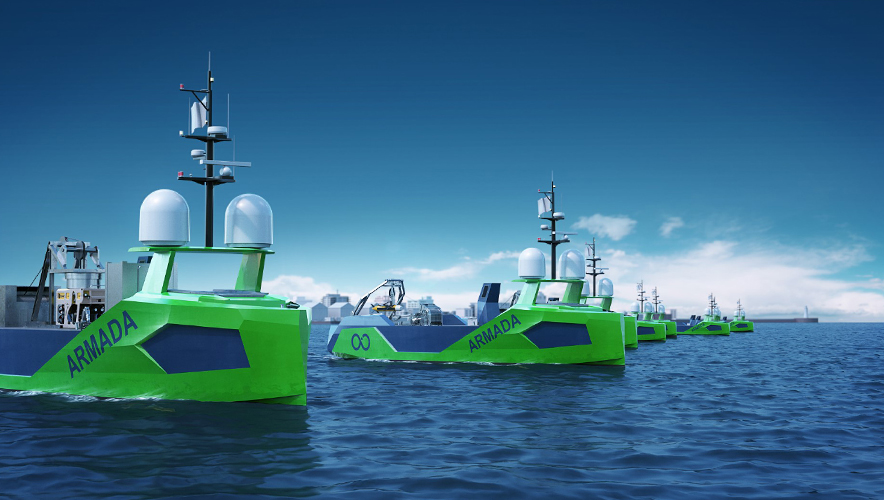
Robotic Vessels Roam the Seas
Ocean Infinity announced in 2020 that it was creating a fleet of robotic ships named Armada. It's using iris recognition technology to authenticate the fleet's operators and control access to its Remote Control Centre.

Using Smart Technology to Promote Employee Safety and Security
Our company moves and processes $8 billion in cash every day. We help banks, retailers, and other organizations manage their cash, replenish their ATMs, store their currency, and more. Handling such critical and sensitive tasks means safety and security must always be our top priorities.

Facial Recognition in the United States: Privacy Concerns and Legal Developments
As facial recognition becomes increasingly pervasive, privacy concerns are compounded—prompting reconsideration of whether current laws appropriately balance its benefits and harms.
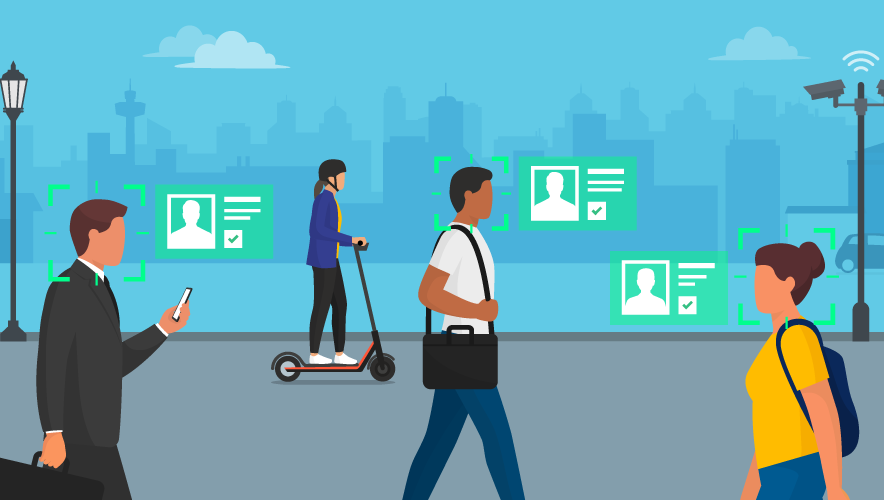
Government Facial Recognition Threatens Our Rights to Free Speech and Protest
As data collection, storage, and analysis on a large scale gets cheaper by the day, surveillance and analytical tools like facial recognition allow the government to easily identify everyone at a protest—threatening anonymity.

Reaching the Remote with Fingerprint Biometrics
The Indian government sought to overhaul its ID platform and found that an intuitive, efficient solution was just a touch away to reduce fraud and bolster this imperative component of its national project.
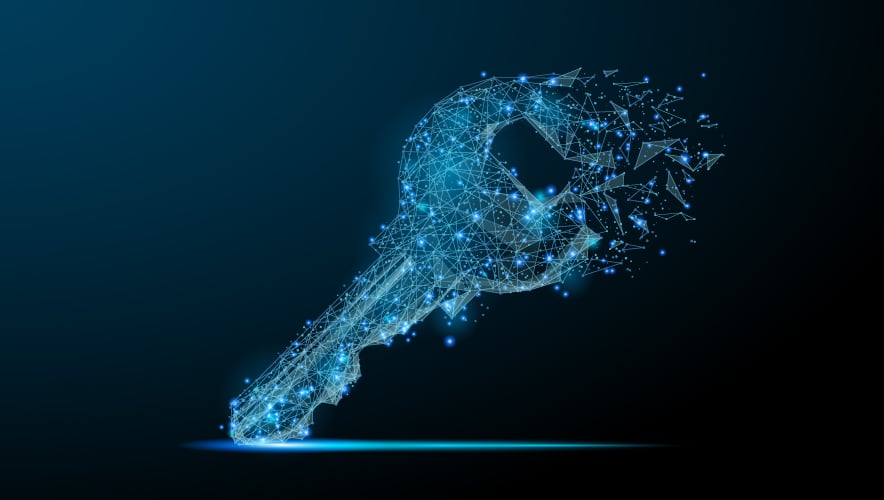
Global Enterprises Ramp Up Trusted Access
We need to democratize security. To do that, companies need to provide security solutions that are both robust and easy to use to empower users.
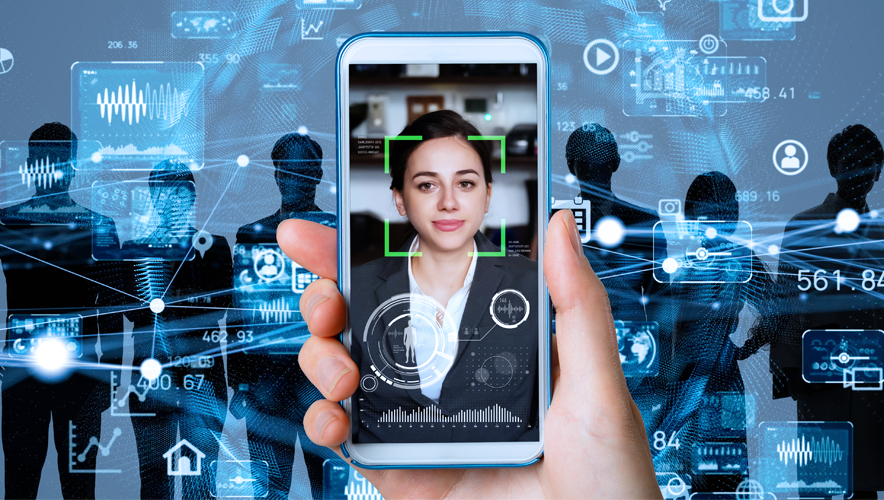
Advances in Touchless Biometric Technology Drive Leap from Legacy Access Control Systems
Biometrics offer the advantage of granting access to the person, not just his or her credential, making biometrics the more secure—in the sense that they cannot be shared—and most convenient option.
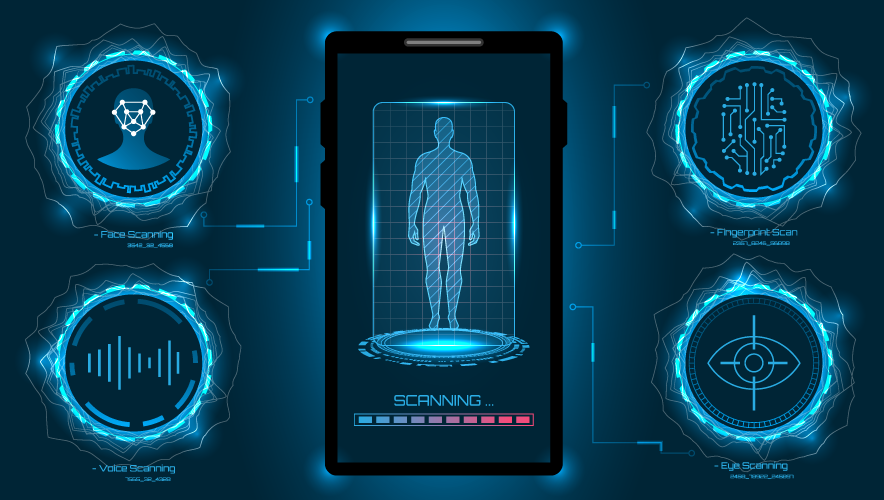
Facial Biometrics 101 with the SASC
There’s a lot of jargon out there about facial biometrics. The ASIS International Security and Applied Sciences Community put together a helpful fact sheet to break down the basics for security practitioners.

How Biometric Technology is Making Airports in South America Safer
With various passenger touchpoints and crucial air cargo handling responsibilities, ensuring the health of Talma’s employees was paramount to keeping air passengers safe and cargo deliveries running on schedule.

Securing Financial Institutions: Four Ways Modernizing Physical Access Control Promotes Strong Network Security
The financial services sector must meet a high bar when it comes to security. Facing constant risk of physical and cyber breaches, financial institutions must safeguard not only their employees and guests at physical locations, but also vast monetary resources, along with the data stores of customers’ financial and personally identifiable information.
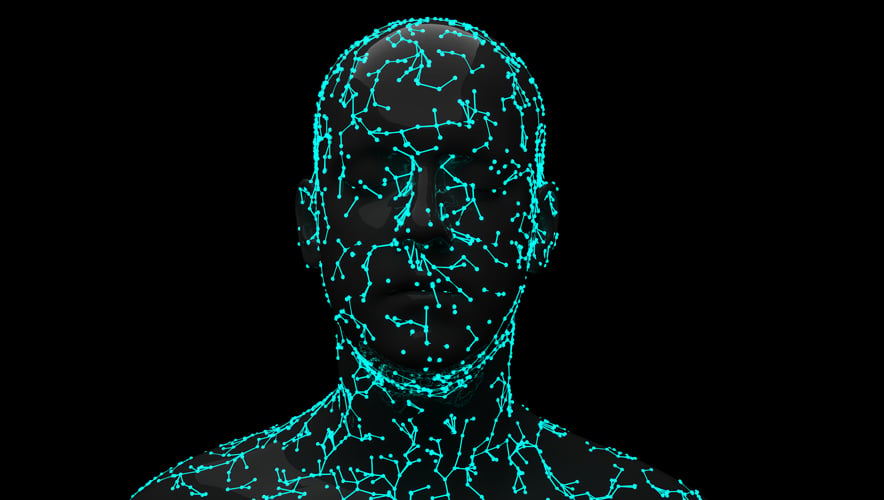
Facial Recognition Technology: The Good, the Bad, and the Future.
The demands of a COVID-19 world are causing developers of facial recognition technology to balance innovation with growing privacy concerns.
